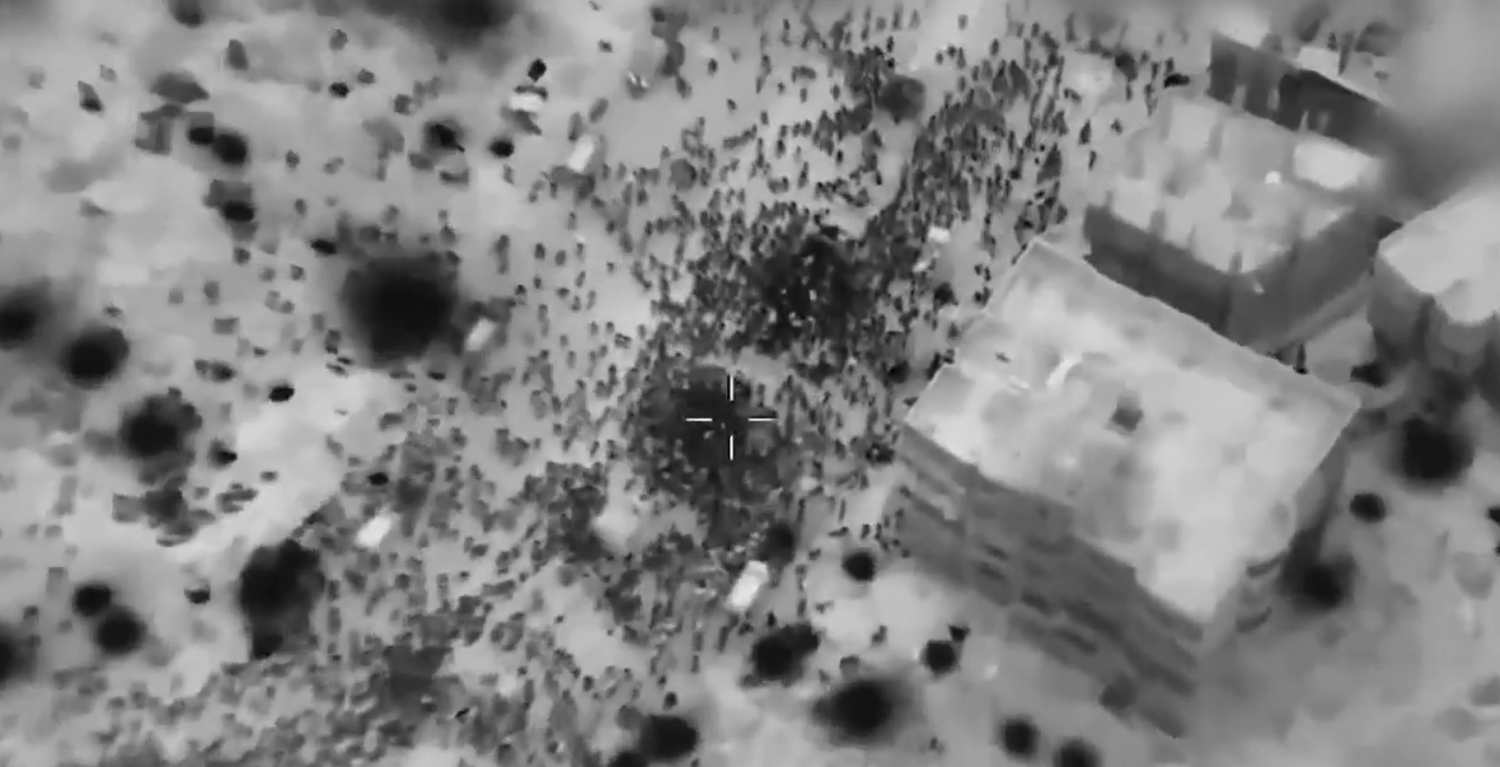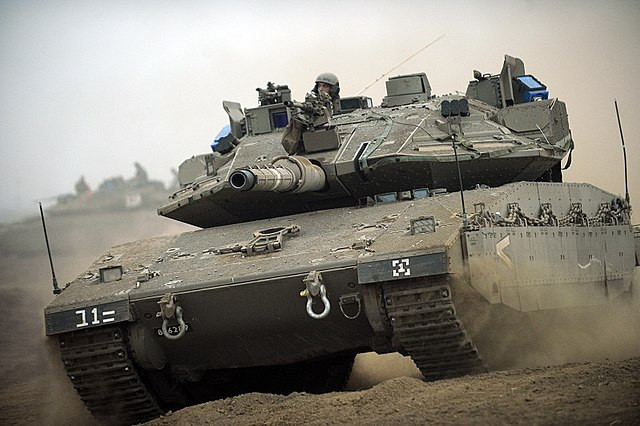The Israel Defense Forces (IDF) released findings on Friday from an investigation into the deadly shooting near a humanitarian aid convoy in Gaza last month, known as the "Flour Massacre." The incident, which occurred on Feb. 29, left more than 100 people dead and over 760 wounded, according to the Hamas-run Gaza Health Ministry.
The IDF's review, presented by Commanding Officer of the Southern Command, Maj. Gen. Yaron Finkelman, to Chief of the General Staff Lt. Gen. Herzi Halevi, concluded that Israeli troops did not fire directly at the aid convoy. Instead, the IDF claims that soldiers fired at "a number of suspects" who approached nearby forces and posed a threat to them.
According to the IDF's summary of the report, thousands of Palestinians swarmed the aid trucks as they traveled toward distribution centers in northern Gaza, looting the trucks' equipment. The IDF stated that "incidents of significant harm" to civilians occurred due to a stampede and people being run over by trucks during the chaos.
The IDF maintained that during the crowding, dozens of Palestinians advanced towards nearby Israeli troops, coming within several meters of them and posing "a real threat to the forces at that point." The troops reportedly fired cautionary shots to distance the suspects, but as they continued to advance, the soldiers "fired precisely toward a number of the suspects to remove the threat."

IDF Says Troops Fired at 'Suspects' Not Directly at Gaza Aid Convoy, Palestinian Authorities Reject the Findings on Deadly 'Flour Massacre'
However, the Palestinian Foreign Ministry swiftly rejected the IDF's findings, claiming that Israel's investigation represented "the same old formality aimed at exonerating the occupation army and obliterating the evidence." The ministry accused Israel of always lying and covering up for its soldiers to protect them from accountability and prosecution.
The Palestinian ministry called for an independent international investigation committee, stating that "the accused cannot investigate itself."
Earlier this week, UN experts condemned the incident as a "massacre" and called on Israel to relax its severe restrictions on food aid entering Gaza, where hundreds of thousands of people are facing the prospect of famine.
Khader Al Za'anoun, a local journalist in Gaza who witnessed the incident, said that the chaos and confusion only began once Israeli troops opened fire and that many of the victims were run over by trucks in the ensuing panic.
The Palestinian Ministry of Health in Gaza reported at least 118 people killed and more than 700 injured in the incident, making it one of the deadliest since the war in Gaza began. The United Nations noted that most of the civilians wounded presented gunshot wounds, although they could not determine the same for the deceased.
The Fact Finding and Assessment Mechanism (FFAM), an independent group responsible for examining events during Israel's war against Hamas, is continuing to investigate the incident and will form its own conclusion.
Since the Oct. 7 attack by Hamas on southern Israel that ignited the ongoing war, Israel has barred the entry of food, water, medicine, and other supplies into Gaza, except for a limited amount of aid entering through Egypt's Rafah crossing and Israel's Kerem Shalom crossing. Despite international calls to allow more aid, the number of supply trucks entering Gaza is significantly lower than the 500 that came in daily before the war.
As the conflict in Gaza continues, the "Flour Massacre" serves as a stark reminder of the dire humanitarian situation faced by civilians caught in the crossfire. The international community remains divided on the appropriate response to the incident, with some calling for an independent investigation and others urging Israel to relax its restrictions on aid entering the besieged enclave.






